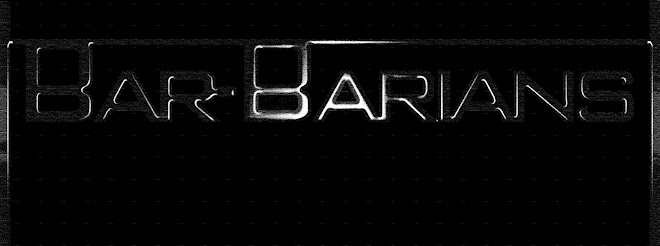Donald said...
I eat Paleo, and I do intermittent fasting. I usually eat 2 meals a day unless I want to gain some weight. Since I eat Paleo, I cut out all the grains, etc. For my carbs, I used to only eat veggies and fruit for a while, but now post-workout I eat more carb dense foods to replenish glycogen, like sweet potatoes and bananas.
And to answer your question. I don't really "diet" much anymore. I used to actively try to cut down, but I can't recover from workouts on a calorie deficit.
I just ordered some leucine, glutamine, and whey protein. I'm interested in seeing how leucine and glutamine will affect my recovery. I usually am against whey protein, but it's getting difficult to gulf down all the protein I need in 2 meals.
I'm interested in hearing your thoughts on my diet.
January 24, 2009 2:27 AM
Mad Money said...
We are living in the space age, there's no need for you to make due with paleolithic era sustenance. If you eat more fruits and grains you will have more energy, and need to eat less to feel full.
Some of my favorite carb sources are Dominoes pizza, here's my usual order (lasts approx 5 days):
Order Summary
1 Small(10") Hand Tossed Pizza, Whole: Italian Sausage, Green Peppers, Mushrooms, Extra Diced Tomatoes, Extra Cheese, Light Sauce, Ham, Extra Banana Peppers, Extra Onions, Extra Premium Chicken $5.55
1 Small(10") Hand Tossed Pizza, Whole: Green Peppers, Black Olives, Beef, Diced Tomatoes, Cheese, Light Sauce, Ham, Extra Banana Peppers, Onions, Extra Shredded Provolone Cheese, Premium Chicken $5.55
1 Small(10") Crispy Melt Pizza, Whole: Italian Sausage, Beef, Extra Cheddar Cheese, Light Sauce, Ham, Extra Banana Peppers, Onions, Extra Shredded Provolone Cheese, Extra Premium Chicken $5.55
Coupon: Three full size 10-inch Pizzas with Unlimited Toppings for $5.55 each
Subtotal: $16.65
Tax: $1.39
Delivery: $0.00
Total: $18.04
I also like fiber one honey and oat flakes,

fiber one yougurt,

frozen blueberries, mangoes, and raspberries.

For protein midday I usually go with a double quarter pounder with extra onions and pickles and add one packet of hot picante sauce.
January 24, 2009 12:05 PM
+logo.jpg)

